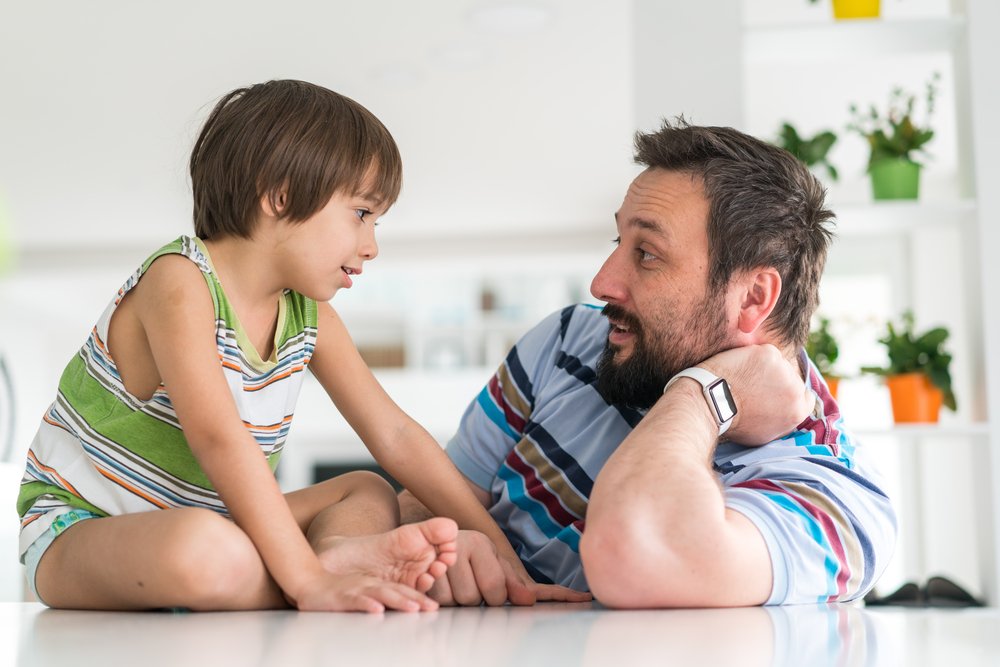Key points:
- Effective communication at ages 2-4 is crucial for a child’s social and emotional development.
- Modeling problem-solving through positive communication is vital during challenging situations.
- Practice positive communication within the family to instill essential socio-emotional skills in children.
- Tips for fostering understanding: plan what to say, be mindful of emotions, actively listen, and use “I” messages.
As the American Academy of Pediatrics assesses, we know that at around 2 and 4 years old, preschoolers are right in the center of an important improvement in their communication skills. In this article, we’re going to look at communication beyond its benefits for your child’s vocabulary, and focus instead on the important role that it plays in your kid’s social and emotional development.
How you communicate with your child will set the base for how they communicate with themselves. Because your child is still very young, communicating can be tricky, especially around situations where they are frustrated and you’re getting angry, like when discussing about a conflictive behavior. It’s precisely in those situations where it is crucial for you to model how problems can be solved by talking.
If you practice positive communication in your family, your child will take in the problem solving, emotion expression, and relationship building skills you show them. After all, the family is the first place where we all get to practice socio-emotional skills!
The Early Childhood Development Department of the University of Nebraska-Lincoln gives some tips on how to communicate with your child in a way that fosters understanding and emotional development:
- Before speaking, know what you want to say. Kids can easily get overwhelmed or side-tracked when they are given too much information. It’s better to let them be part of the conversation by handing them some simple information and then ask questions to clarify, instead of having them listening to a monologue that’s beyond their attention span.
- Be aware of your emotions. Sometimes kids respond in unexpected ways even when we think we’re being very clear. This might be because the words they hear are different from the emotion they see. To avoid giving mixed signals, don’t ignore your emotions and, if you’re getting very frustrated or tired, take a moment to calm down before continuing the conversation.
- Be an active listener. Focus on the speaker, show your interest with your body language, and try to listen with your heart as well as with your ears.
- Try to choose “I” messages instead of “you” messages when attempting to change a problematic behavior.








